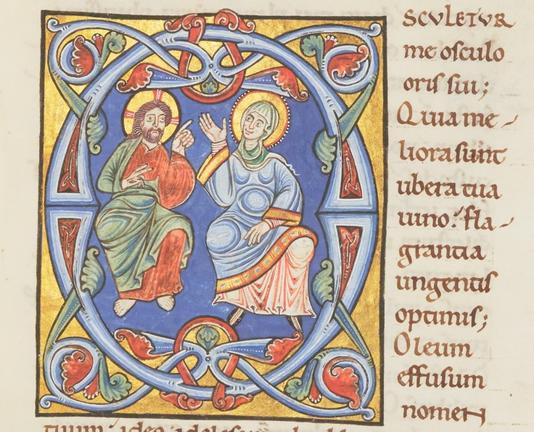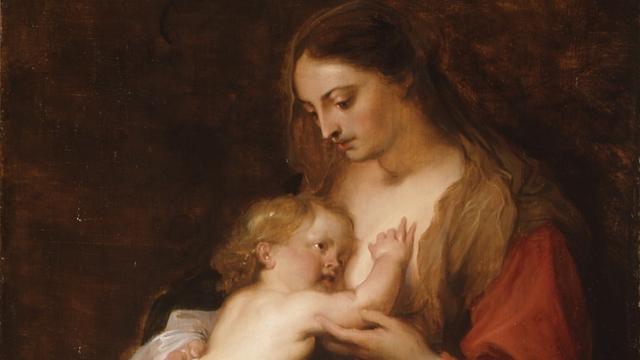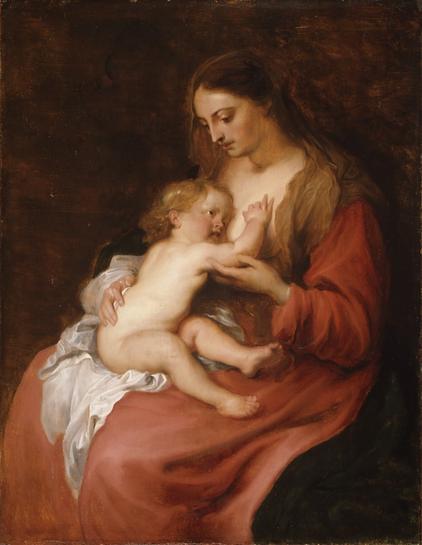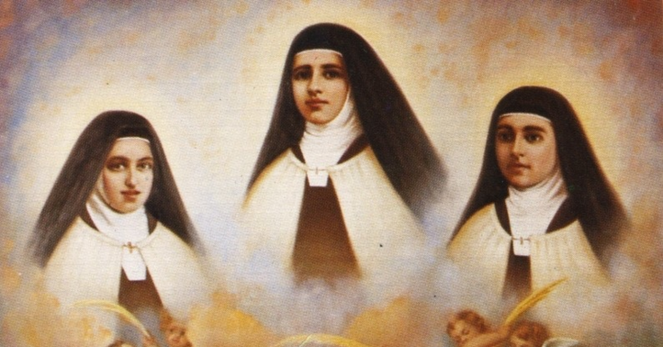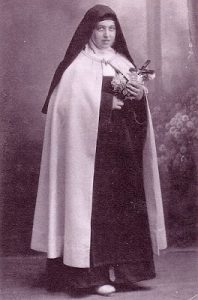17 July: Saint Teresa of St. Augustine Lidoine and Companions
July 17
SAINT TERESA OF SAINT AUGUSTINE LIDOINE AND COMPANIONS
Virgins and Martyrs
Optional Memorial
In the houses in France: Memorial
As the French Revolution entered its worst days, sixteen Discalced Carmelites from the Monastery of the Incarnation in Compiègne offered their lives as a sacrifice to God, making reparation to him and imploring peace for the Church. On June 24th, 1794, they were arrested and thrown into prison. Their happiness and resignation were so evident that those around them were also encouraged to draw strength from God’s love. They were condemned to death for their fidelity to the Church and their religious life and for their devotion to the Sacred Hearts of Jesus and Mary. Singing hymns, and having renewed their vows before the superior, Teresa of St. Augustine, they were put to death in Paris on July 17th, 1794. They were beatified by Pope St. Pius X on May 13, 1906. Their equipollent canonization was decreed on December 18, 2024.
From the Common of Martyrs or the Common of Virgins, except the following:
Office of Readings
HYMN
Let Carmel echo joyfully
The dying hymns that soared above
When Compiègne so gladly gave
Its greatest witness to God’s love.
These virgin-martyrs gave their lives.
For sin’s atonement, like their Lord;
They died to bring a troubled Church
The peace of Christ as love’s reward.
May we like them serve Holy Church
And build it up in unity,
Until at last in heav’n’s pure light
We gaze on God the Trinity.
Our Queen and Mother, Carmel’s joy,
Look down with love on us who sing
The praise of those who died for love
Of Jesus Christ, your Son, our King.
Bless God the Father, source of love,
Bless God the Word, his only Son,
Bless God the Spirit, Dove of peace,
One God, while endless ages run.
L.M.
Fr. James Quinn, S.J.
The Second Reading
Ch. 12, 1-3
From the Way of Perfection of St. Teresa of Jesus
The life of a good religious and a close friend of God is a long martyrdom
It all seems very hard work, this business of perfection — and so it is: we are waging war on ourselves! But as soon as we get down to it God becomes so active in our souls and showers so many mercies on them that whatever has got to be done in this life seems insignificant. And as we nuns do so much already, giving up our freedom for love of God and subjecting it to someone else, what excuse have we got for holding back when it comes to interior mortification?
That is where the secret lies of making all the rest so much more meritorious and perfect, not to mention doing it more easily and peacefully. The way to acquire it, as I have said, is to persevere bit by bit in not doing our own will or fancy, even in tiny things, till the body has been mastered by the spirit.
Let me repeat that it is all — or nearly all — a matter of getting rid of self-interest and our preoccupation with our own comfort. If you have started serving God seriously, the least you can offer Him is your life! If you have given Him your will, what are you afraid of? If you are a real religious, a real ‘pray-er,’ and want to enjoy God’s favors, you obviously can’t afford to shy away from wanting to die for Him, and undergo martyrdom. Don’t you realize, sisters that the life of a good religious — a person who wants to be one of God’s really close friends — is one long martyrdom? I say ‘long’ because in comparison with those whose heads have been chopped off in a trice we can call it long, but all our lives are short, very short in some cases. And we don’t even know whether our own won’t be so short that it will come to an end an hour, or even a second, after we have made up our mind to serve God fully. That could happen.
We have just got to take no account of anything that will come to an end, least of all life, for we can’t count on a single day. If we remember that every hour might be our last, is there a single one of us who will feel inclined to shirk?
Well, there is nothing you can be more certain of, believe me! So we must train ourselves to thwart our own wills in every way; then, if you try hard, as I have said, though you won’t get there all of a sudden, you will gradually arrive, without realizing it, at the peak of perfection.
Responsory
R/. Rejoice that you share the sufferings of Christ, * for when His glory is revealed you will be filled with joy.
V/. Blessed are you when you are persecuted for Christ’s sake, * for when His glory is revealed you will be filled with joy.
Morning Prayer
Hymn
Voice of the Bridegroom: now is winter passing,
Rain falls no longer, gardens yield their fragrance,
Spring blooms appearing, trees resound with birdsong —
Rise, my beloved.
Go out to meet him, virgins all exulting,
See he approaches, crowns you for your nuptials —
Rapture and gladness, when he leads you homeward
Sharing his kingdom.
Love for the Bridegroom filled your whole horizon,
Making you fearless in the face of danger;
Like him, your Master, life itself you offered,
Sacrificed for him.
Joyfully faithful to your holy calling,
Nothing could daunt you, or your lamps extinguish;
Shining and glowing you would bear them to him
Through cloud and tempest.
11.11.11.5
Sr. Margarita of Jesus, O.C.D.
Canticle of Zechariah
Ant. Prepare your lamps, you wise virgins, for behold, the Bridegroom is coming: go out and meet Him.
Prayer
Lord God,
you called Saint Teresa of St. Augustine and her companions
to go on in the strength of the Holy Spirit
from the heights of Carmel to receive a martyr’s crown.
May our love too be so steadfast
that it will bring us
to the everlasting vision of your glory.
We ask this through our Lord Jesus Christ, your Son,
who lives and reigns with you and the Holy Spirit,
God, for ever and ever.
Evening Prayer
Canticle of Mary
Ant. You virgins of the Lord, who have endured the great ordeal, come and rejoice with God forever.
Plaque in
Picpus Cemetery marking the two common graves where the martyrs are buried | Wikimedia Commons
Catholic Church 1993, Proper of the Liturgy of the Hours of the Order of the Brothers of the Blessed Virgin Mary of Mount Carmel and the Order of Discalced Carmelites (Rev. and augm.), Institutum Carmelitanum, Rome.
Featured image: This stained glass window depicting the Carmelite Martyrs of Compiègne was designed by stained glass artist Sister Margaret of the Mother of God, O.C.D. (Margaret Rope). It is one of her most famous windows in the chapel of the Carmel of Quidenham, England. Image credit: Discalced Carmelites
#LiturgyOfTheHours #MartyrsOfCompiègne #Memorial #optionalMemorial #StTeresaOfStAugustine
